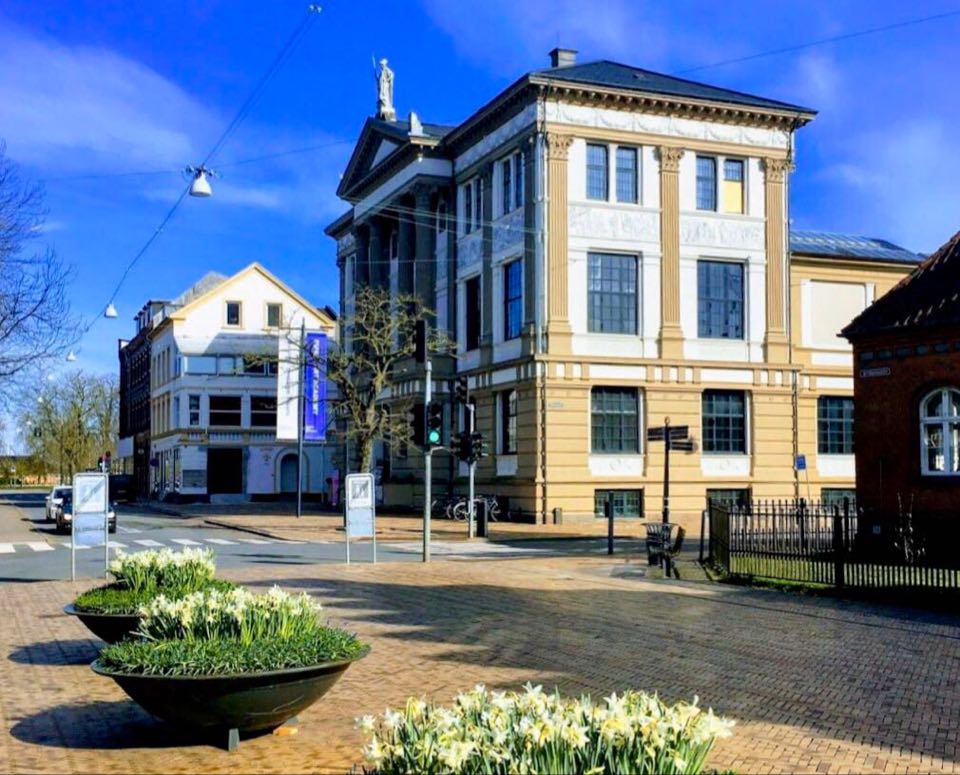Since the entire world isn’t out of the woods yet, Filipinos could probably learn a thing or two from the Danes on how they face up to COVID-19—calm, collected and with a sense of purpose.
By TESSI CRUZ-LARSEN
In early February, I found myself scouring online shops here in Denmark for surgical masks not for myself, but as a favor to a friend living in London. She was in panic mode, as no stores near her place were selling face masks anymore, while those she found on amazon.com had become too expensive.
I’ve searched and searched and told her that what I got from my online queries were facial beauty masks and industrial masks used by construction workers and house painters. She told me that it had to be N95 surgical mask or its equivalent in Europe, but, alas, my hours of searching proved futile.




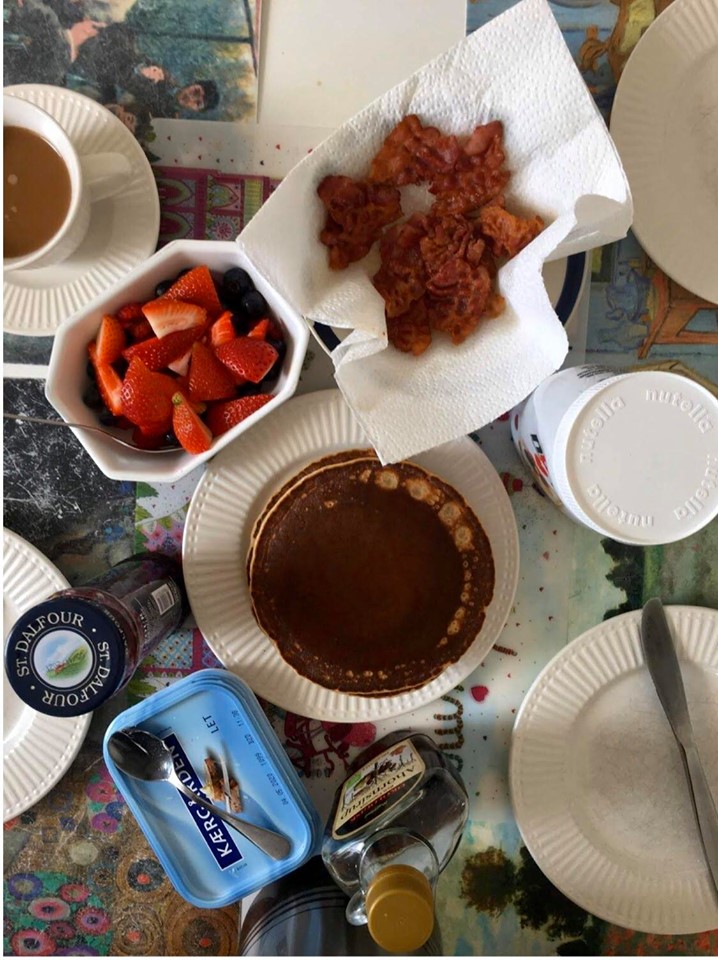
Coronavirus has yet to reach Denmark that time, but I remember asking my husband Kenn if we should get face masks for ourselves even though what I could find were only those being sold in hardware stores. Always an optimist, my hubby replied that there was no need for them, as SARS, he recalled, didn’t reach Denmark in 2003. Most likely, he added, it would be the same for coronavirus. (Looking back at it now, how I wish he had been right.)
But watching and reading the news all the time about how fast the novel coronavirus was spreading and that a Chinese man was even reported to have died in the Philippines (the first reported death outside China) in late January made me feel antsy. It didn’t help after I chatted via Facebook Messenger with a former flatmate in Hong Kong who told me that the situation there had become very edgy with a lot of people stockpiling on supplies of canned goods, instant noodles and toilet paper. In short, she also advised me to get surgical masks!
Missing masks
With my prodding, the hubby and I went to a nearby shopping center in search of the elusive N95 masks, but just like in my online search, they were nowhere to be found. What Kenn found in a toiletry shop were small bottles of hand sanitizers, which were already beginning to disappear from shelves. He told me to get 10 of them. Instead, I only bought five, thinking that I’m not going to be one of those crazy hoarders I see on TV.
In late February, or less than three weeks later, the first case of COVID-19 in Denmark had finally arrived. What further alarmed us was Patient Zero was no Chinese nor did he come from China. The patient was a natural-born Dane fresh from a ski tour in Italy. That single development changed everything.
Before that, Danish immigration authorities were on the look-out for COVID-19-stricken passengers coming from Asia and Iran, not travelers from another European city. A few days later, we found out that more than 100 Danes who came home from Ischgl, a popular ski resort in Tyrol, Austria were likewise infected with the coronavirus.

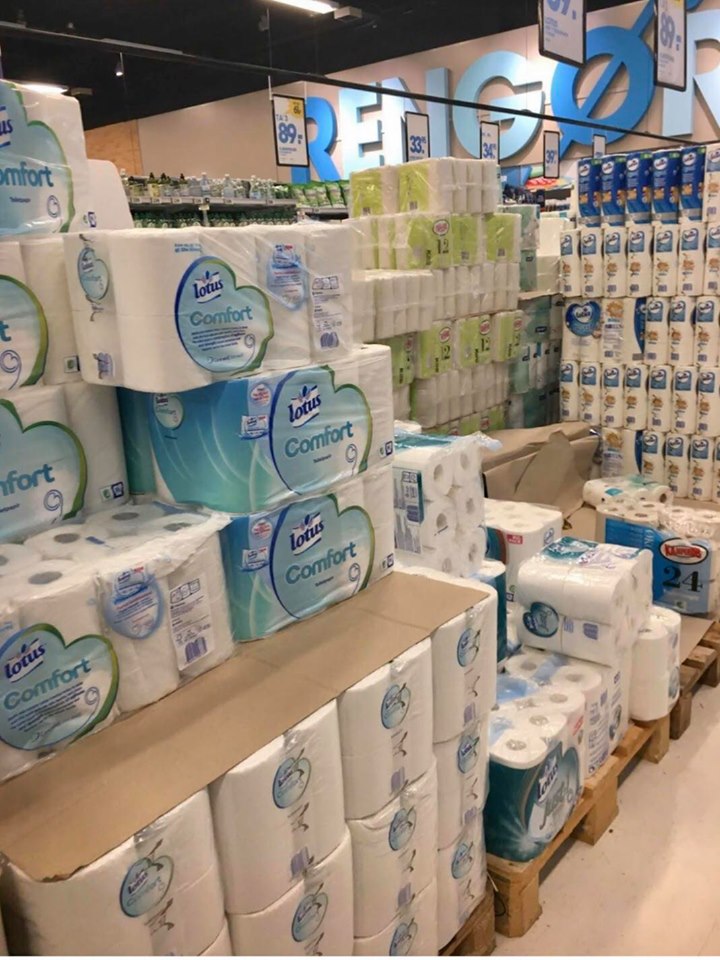


Despite the increasing number of COVID-19 cases in Denmark, Danes have continued to behave rationally—there have been no reports of crazed shoppers fighting over rolls of toilet paper or packages of pasta.
But my girl scout mentality (or maybe my maternal instinct) dictated that I should be ready for the worst, so the next time the hubby and I went to the supermarket, I bought extra rolls of toilet paper (there were loads of them in the store), paracetamol tablets, latex hand gloves, detergent and disinfectant products on top of our usual food supply. Hubby, on the other hand, bought extra cans of San Miguel Beer (imported from Spain and not the Philippines) for himself.
On March 11, there was a news alert that the Danish Prime Minister Mette Frederiksen would hold a press conference. I told my 15-year-old son Erik about it and said that the prime minister might declare the suspension of classes, as the number of COVID-19 cases in Denmark was rapidly increasing.
At the same time, the virus also seemed to be closing in on us in Odense, as the sports hall where Erik and his classmates hold weekly Wednesday physical education class was where one of the coronavirus-infected Danes, who was coaching a Sunday handball match, lingered.
True enough, as I anticipated, the prime minister announced that Denmark would be on lockdown starting March 13. Schools were ordered to close immediately. People were asked to work from home. Gatherings of more than 100 people were prohibited (this number was later changed and further reduced to a maximum of 10 people, as the infection continued to spread exponentially). Our lady prime minister was firm and decisive. The spread of the novel coronavirus had to be controlled at all cost or people would die.
Do not enter!
At home, three days after the lockdown, the dreadful disease got even more worrying for us when Erik sent me a text message telling me not to enter his room. Of course, I ignored his message and quickly rushed to his room to find out why. He was running a temperature and coughing with a stuffy nose—two of the “classic” symptoms of COVID-19.
I quickly made a mental check of his recent activities—he was at home the past two days, as classes have already been suspended, but he went out to McDonald’s the night before with a classmate. Then I remembered that on Wednesday, he had PE where that man who later tested positive for the coronavirus was reported to be around. It nearly drove me nuts!
The government health advisory that time, in case of any coronavirus-related symptoms, was for the sick person to stay at home and self-isolate. We could only call our family doctor if the fever lasted for five days or if Erik started to have breathing problems.
Well, I may not be Florence Nightingale, but with my girl scout “laging handa” preparations, I was ready to tussle with the invisible enemy. Erik was never tested for coronavirus, but I treated his illness as if it was coronavirus-related. So we followed all the health guidelines when dealing with a patient with COVID-19.
He stayed in his room and I segregated all his stuff (eating utensils, toiletries, towels, etc.). Overnight, I virtually turned into a mad woman with rubber gloves disinfecting every corner of our home and washing my hands countless times. I also monitored Erik’s temperature and breathing, and made sure that his stomach was not empty before giving him paracetamol. (When he started relishing my chicken sopas, I knew he was on the mend).
Another government advisory was to stay home. Well, not a problem, as I’ve already filled our refrigerator with enough food so we would not go hungry even if we don’t go out for days.
On top of a commode in our living area, I strategically placed a tray with all the necessary products to “kill” the virus—hand sanitizer, a bottle of 70 percent ethyl rubbing alcohol (that I bought when I was in the Philippines years back), rubber gloves and disposable wipes.
Next to them were various medicines, Strepsils, vitamin supplements and a digital thermometer. Also within arm’s reach were my blood pressure monitor and several face masks that I sewed myself after watching videos on YouTube.
Thankfully, on the fifth day of Erik’s illness, his fever miraculously subsided. Kenn and I also didn’t show any symptoms of the virus so there was no need for us to call our doctor for testing.
But outside our modest apartment, we knew that not everything was well. Despite stringent measures taken by the government, the virus was still spreading and the number of deaths was rising each day. Social distancing became the new norm. The bedroom, the new classroom.
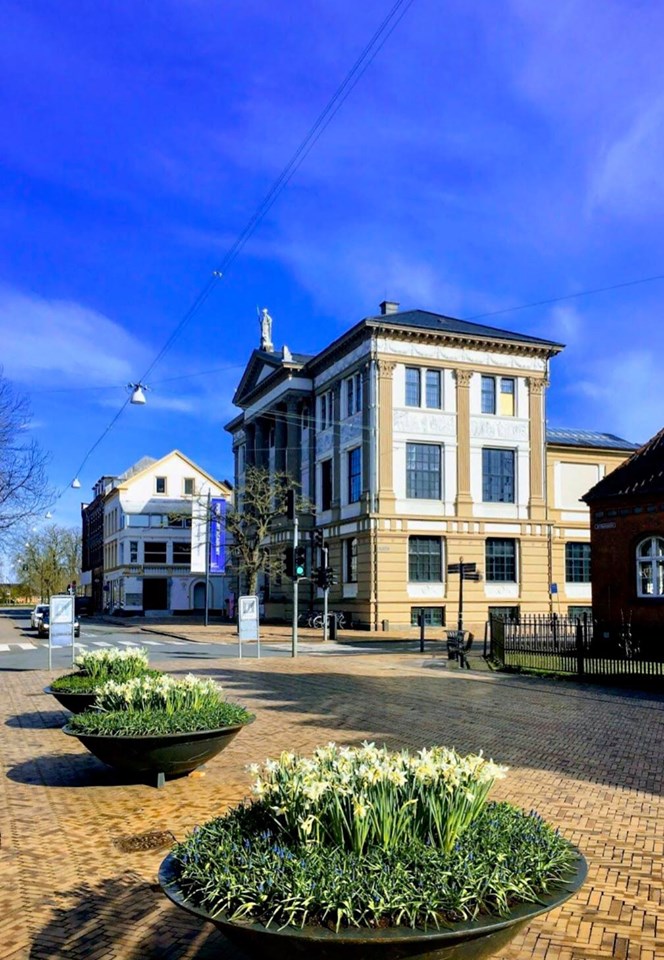
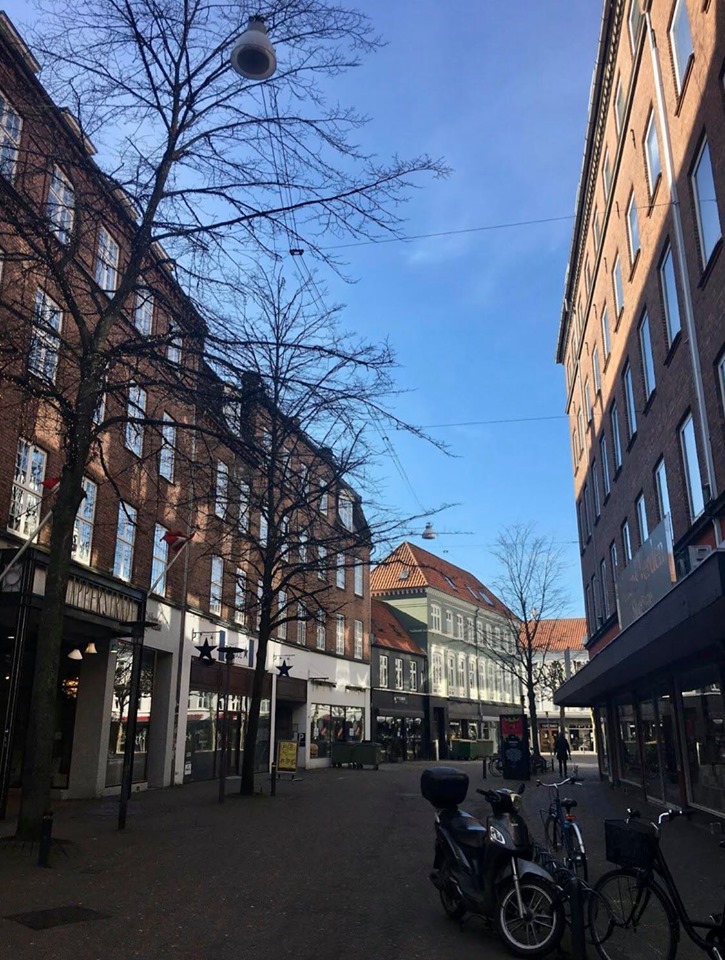
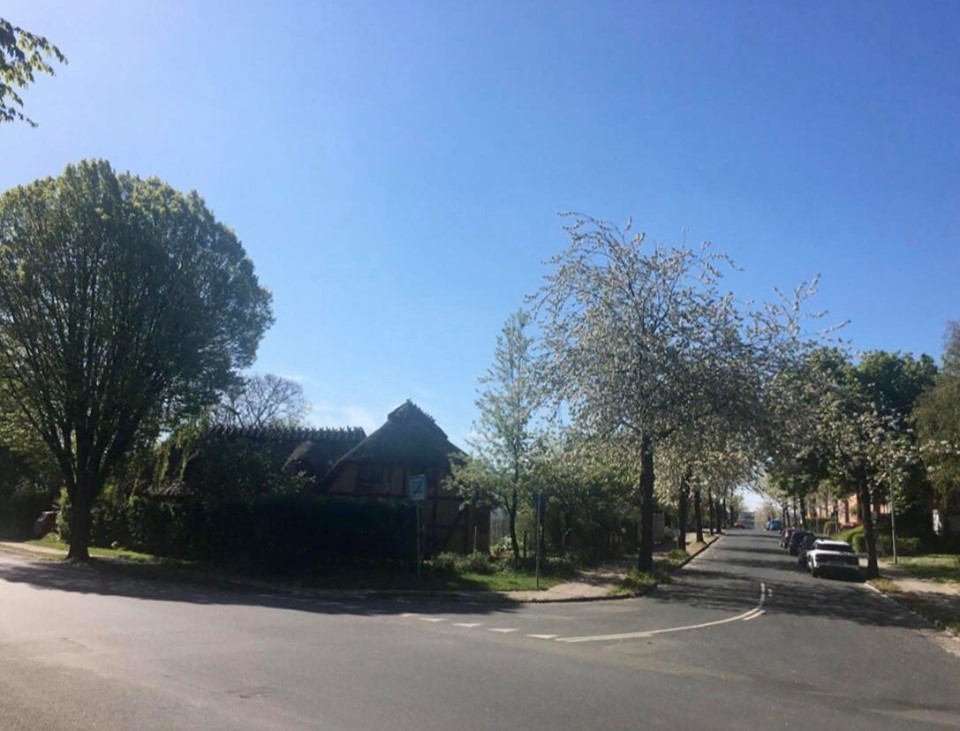
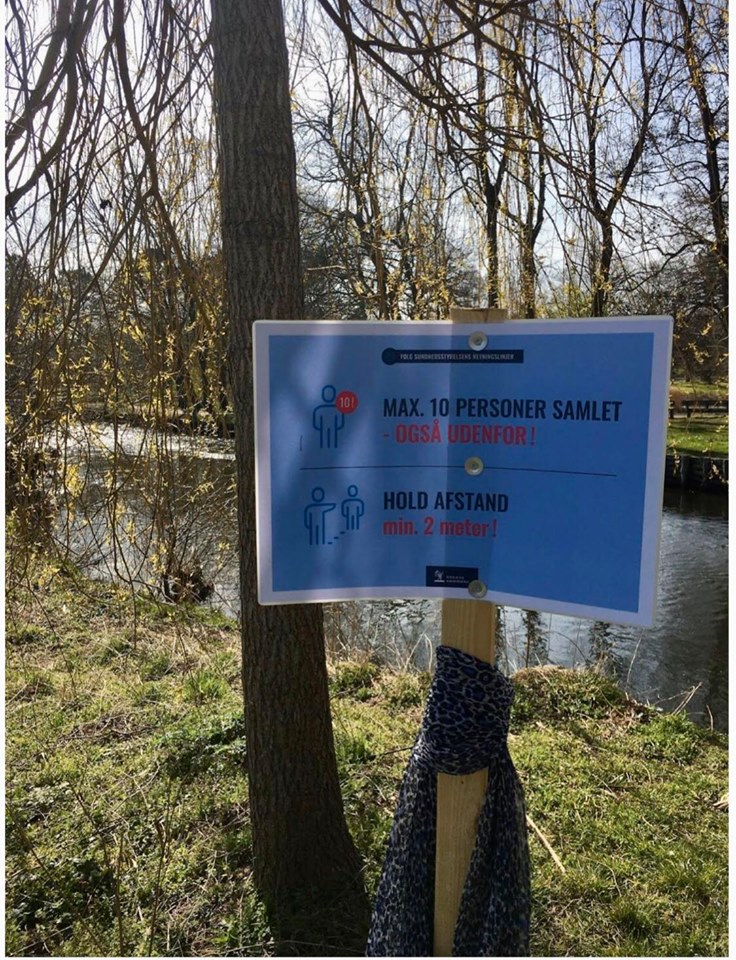
The Danish way
Danes, however, proved to be a cut above the rest when asked to deal with the crisis. There was no massive panic buying or hoarding after the supermarkets allayed our fears of any food shortages. Unless they held essential jobs, people stayed at home while those who had to go out kept the required distance. Local distilleries started producing hand sanitizers instead of alcoholic drinks. Small companies, schools and private individuals with 3D printers began producing protective visors for healthcare workers and other front liners. Students volunteered to do chores for those who couldn’t go out like walking the dogs or shopping for food.
To lift up the mood, every morning (for about 15 minutes) and every Friday evening (for one hour), a Danish TV channel broadcast live music programs called “Morgensang ” and “Fællesang hver for sig,” where Danes could sing along, as they played popular Danish folk songs and hymns of solidarity. This proved to be a hit, as more than 200,000 viewers (including myself) watched the show every morning, while the Friday broadcast had over a million viewers.
There’s a Danish word on how the Danes are handling the coronavirus crisis—it’s called samfundssind, which means to put precedence to the needs of society over self-interest. And such an innate call seems to be working, as Denmark (a nation often ranked as the happiest place in the world to live) is now in control of the virus and, unlike many nations, not the other way around.
Tessi Cruz-Larsen, a former Manila- and Hong Kong-based journalist, has been living for almost two decades now with Danish husband Kenn and their son, Erik Anton, in Odense, Denmark, an idyllic city that’s famous for being the birthplace of Hans Christian Andersen.

